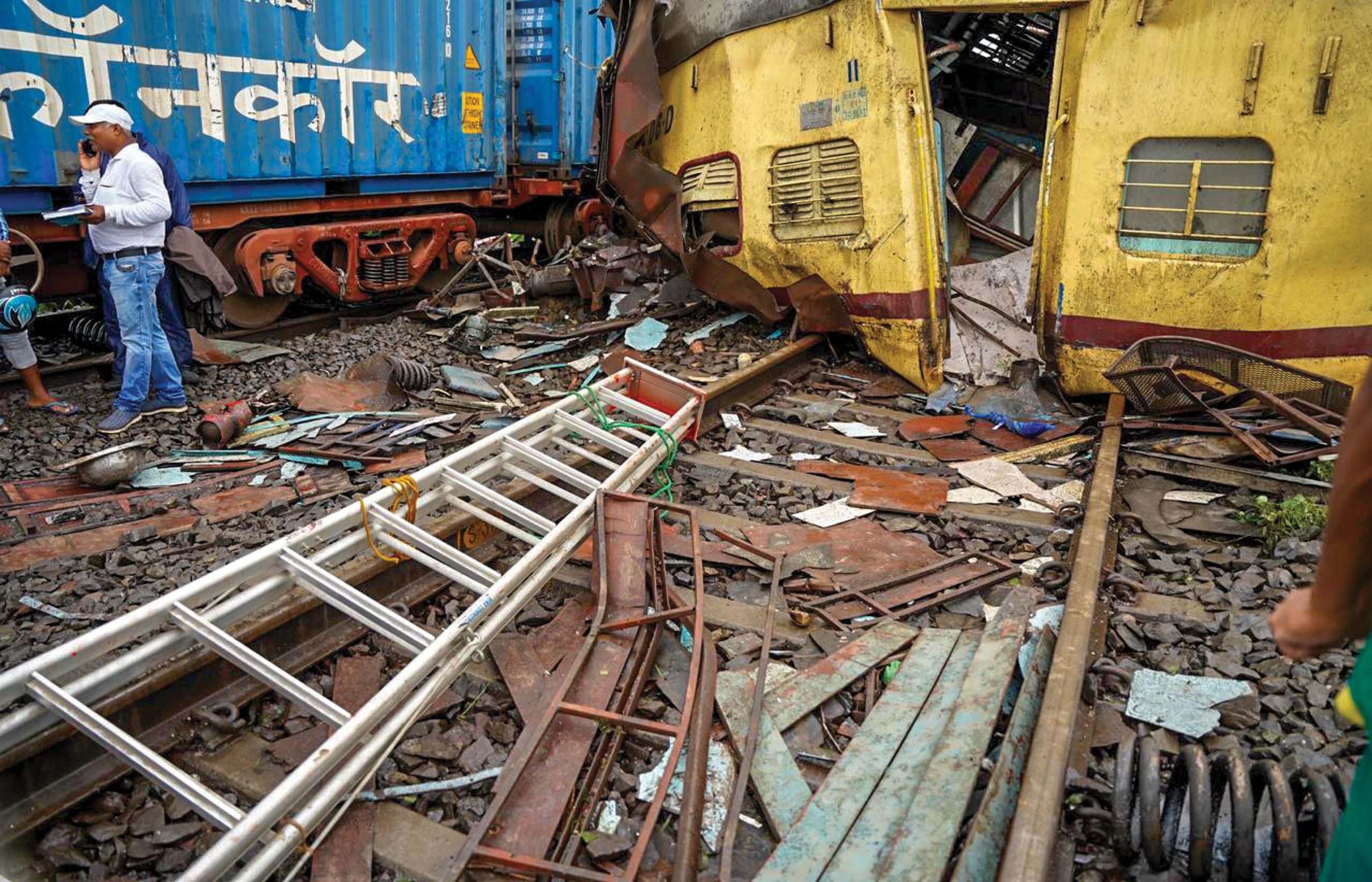
west bengal train accident : More than 10 people have died and 25 people have been injured so far in a train accident in New Jalpaiguri, West Bengal. This morning, a freight train hit the Sealdah-bound Kanchenjunga Express from behind, causing several coaches to derail. After this accident, questions are being raised on the system of Indian Railways that why the railway shield system was not used at the right time? Indian Railways has not given any update on the shield system that prevents such train accidents. However, we will tell you about the reduction in this security system of the railways. Today we will tell you what is the railway shield system and how does it work?
What is the railway's armor protection system?
An automatic safety system called 'Kavach' has been developed to avoid rail accidents in the country. In simple words, it is a set of electronic devices and radio frequency identification devices installed in the locomotive, which is capable of controlling the signaling system as well as the speed of the train on the track. Indian Railways has developed this system with the help of Research Design and Standards Organization (RDSO). Railways started working on this system in the year 2012. This project was initially named Train Collision Avoidance System (TCAS). The first test of this system was started in the year 2016, after which this system is being installed in a phased manner.
The use of the Shield system and its features
Many electronic devices and sensors are used in shielded systems. Shielded radio frequency identification devices are installed on trains, railway tracks, railway signals and all stations at a distance of one kilometer. The ultra high radio frequency of this system communicates with other components.
If a pilot (train driver) breaks the signal, the shield is activated to alert the pilot and control the train's brakes. Then if the system detects another train coming on the track, it immediately stops the first train. This system constantly tracks the train's movement and also sends signals ahead.
 look news india
look news india
